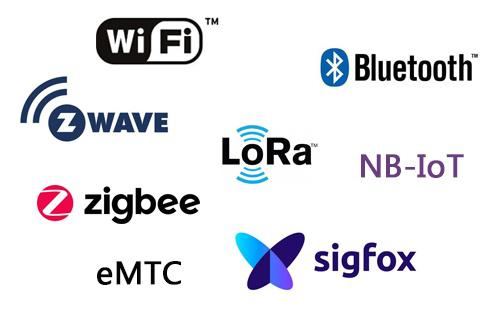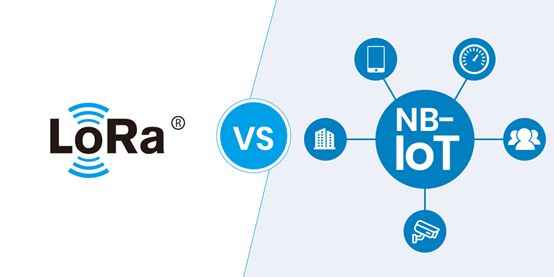

 咨询热线 15388025079
咨询热线 15388025079 时间:2022-01-22 17:07:39 浏览量:833
Features of lora, NB-IOT, ZigBee 3 wireless protocols
Wireless technology enables devices to establish network connections and communicate with each other without the need for wired cables. There are currently many different wireless technologies in hardware products in the fields of Internet of Things (IoT) and Machine-to-Machine (M2M) communication. used in. The three common wireless protocols are lora, NB-IOT, and ZigBee. Next, let's take a look at the characteristics of these protocols.

wireless protocol
LoRa wireless protocol
LoRa is the abbreviation of Long Range, which belongs to a kind of wireless communication technology. Its typical characteristics are long distance and low power consumption. The rate is relatively low, which can be regarded as a physical layer implementation in network communication. The product corresponding to LoRa is a transceiver (tranciever) chip, which mainly handles binary data streams. LoRaWAN is a set of protocol standards based on the MAC layer based on the LoRa physical layer transmission technology. Corresponding to the data link layer (MAC layer) in the OSI seven-layer model, LoRaWAN eliminates the incompatibility of specific hardware, and at the same time It also implements features such as multi-channel access, frequency switching, adaptive rate, channel management, timing transmission and reception, node access authentication and data encryption, and roaming.
LoRa is one of the LPWAN communication technologies, and is an ultra-long-distance wireless transmission scheme based on spread spectrum technology adopted and promoted by Semtech in the United States. This solution changes the previous compromise between transmission distance and power consumption, and provides users with a simple system that can achieve long distance, long battery life, and large capacity, thereby expanding the sensor network. At present, LoRa mainly operates in free frequency bands around the world, including 433, 868, 915 MHz, etc.
LoRa technology has the characteristics of long distance, low power consumption (long battery life), multiple nodes, and low cost.

lora
NB-IOT
The cellular-based Narrow Band Internet of Things (NB-IoT) has become an important branch of the Internet of Everything. NB-IoT is built on a cellular network and only consumes about 180KHz of bandwidth, and can be directly deployed on a GSM network, UMTS network or LTE network to reduce deployment costs and achieve smooth upgrades.
NB-IoT is an emerging technology in the IoT field that supports cellular data connections of low-power devices over a wide-area network, also known as a low-power wide-area network (LPWAN). NB-IoT supports efficient connection of devices with long standby time and high network connection requirements. It is said that NB-IoT devices can improve battery life to at least 10 years, while also providing very comprehensive coverage of indoor cellular data connections.
ZigBee
LPWAN is the fastest growing organization in current wireless technology. ZigBee is an open global standard designed for M2M networks.
The technology features low cost and low power consumption, making it an ideal solution for many industrial applications. Simultaneous low latency and low duty cycle characteristics allow products to maximize battery life. The ZigBee protocol provides 128-bit AES encryption. In addition, the technology supports mesh networks, allowing network nodes to be connected together through multiple paths.
The most common application scenario of ZigBee wireless technology is the field of smart home equipment. The technology's ability to connect multiple devices together at the same time makes it ideal for home networking environments where users can communicate with each other between devices such as smart locks, lights, robots and thermostats.
The technology was recently standardized by the ZigBee Alliance, hoping to make connections more compatible and versatile.
相关推荐
相关产品